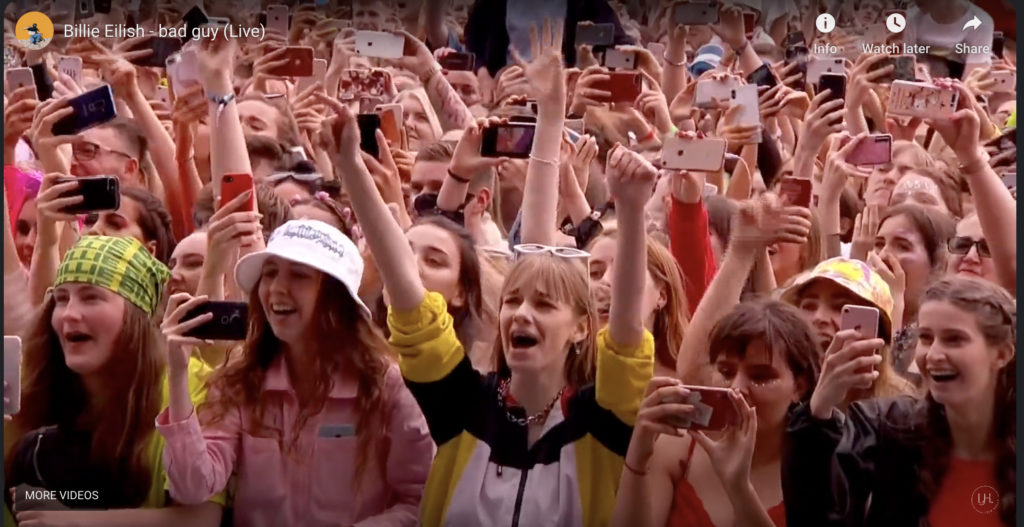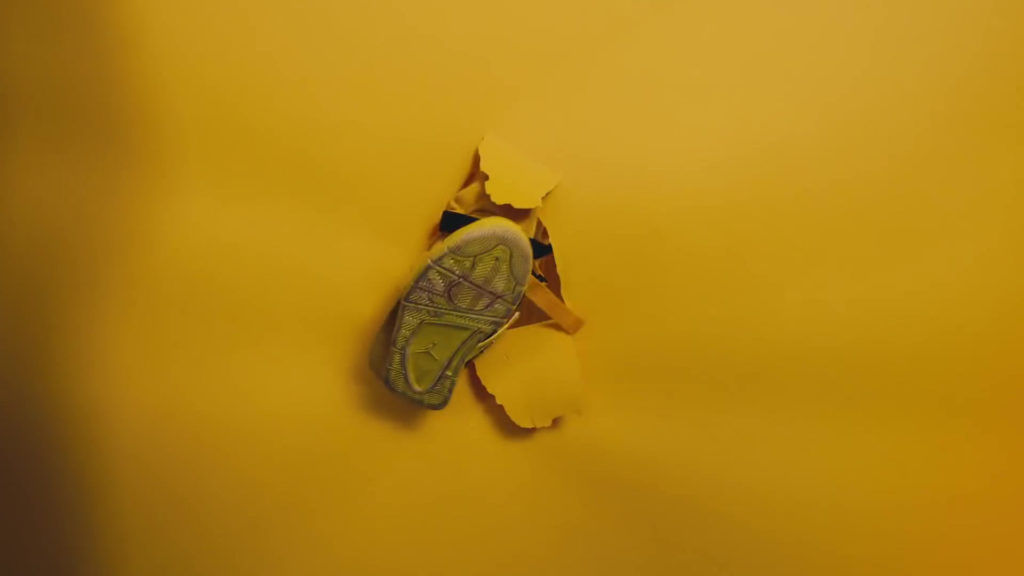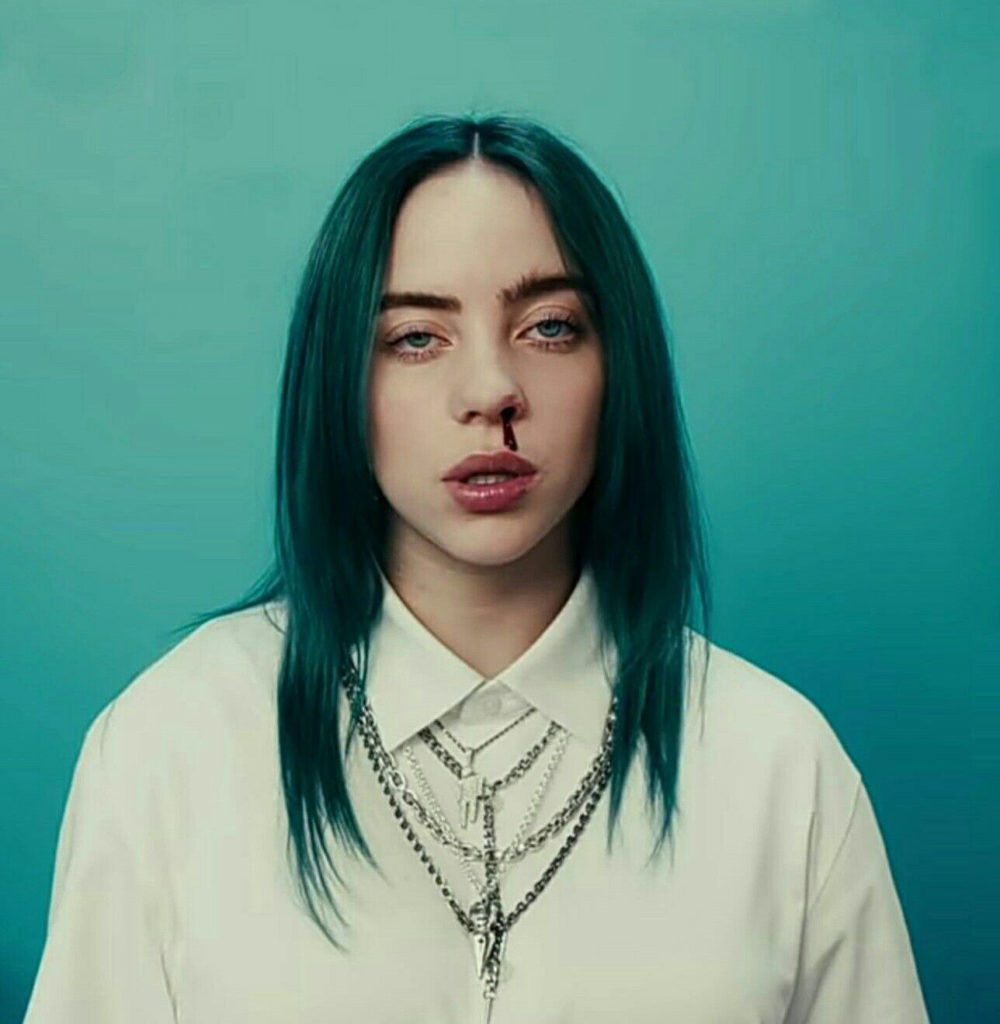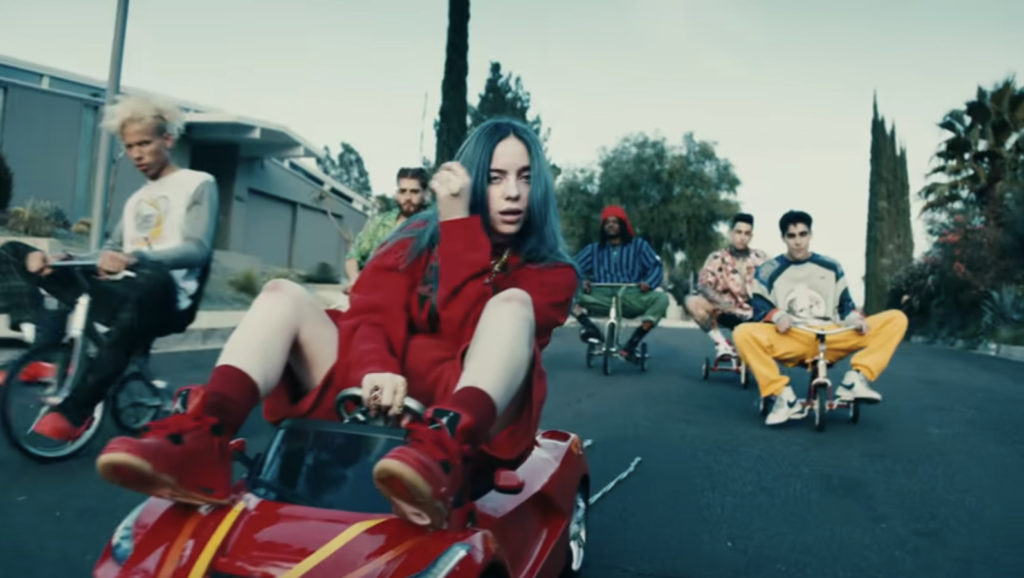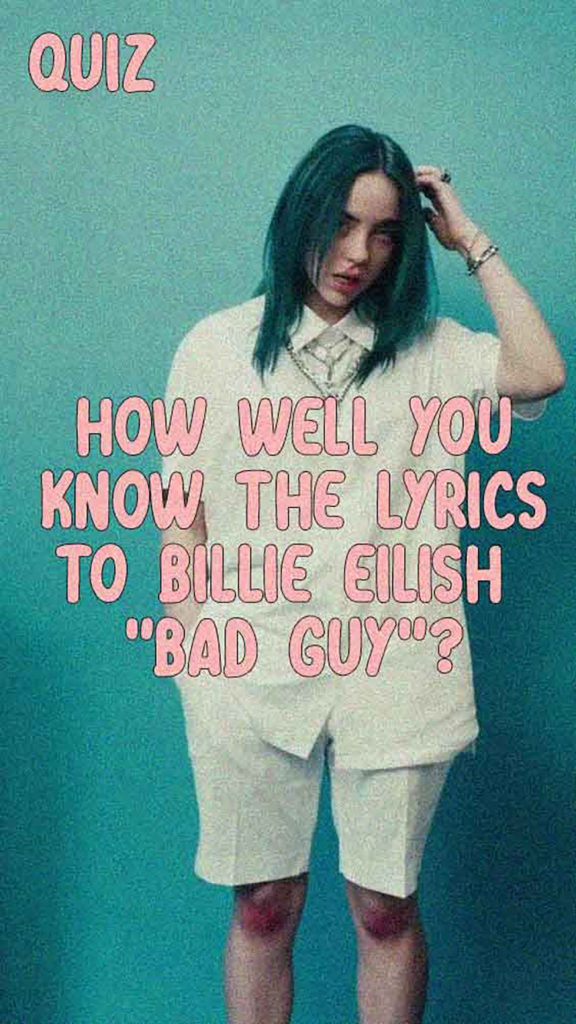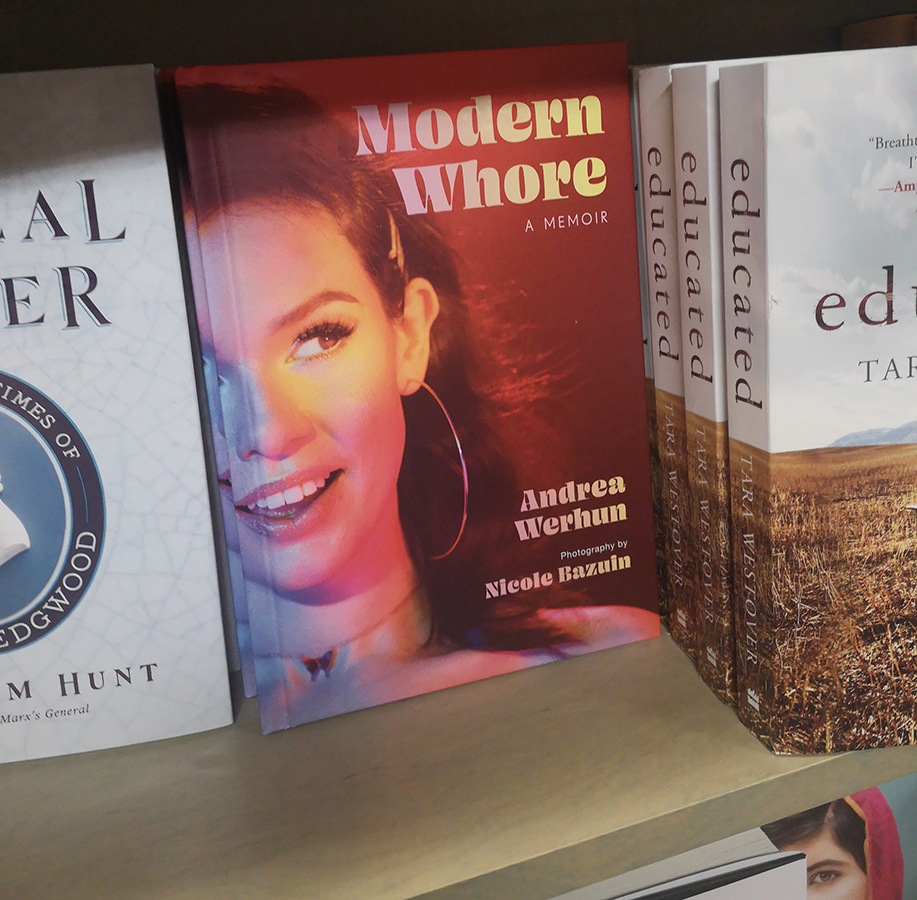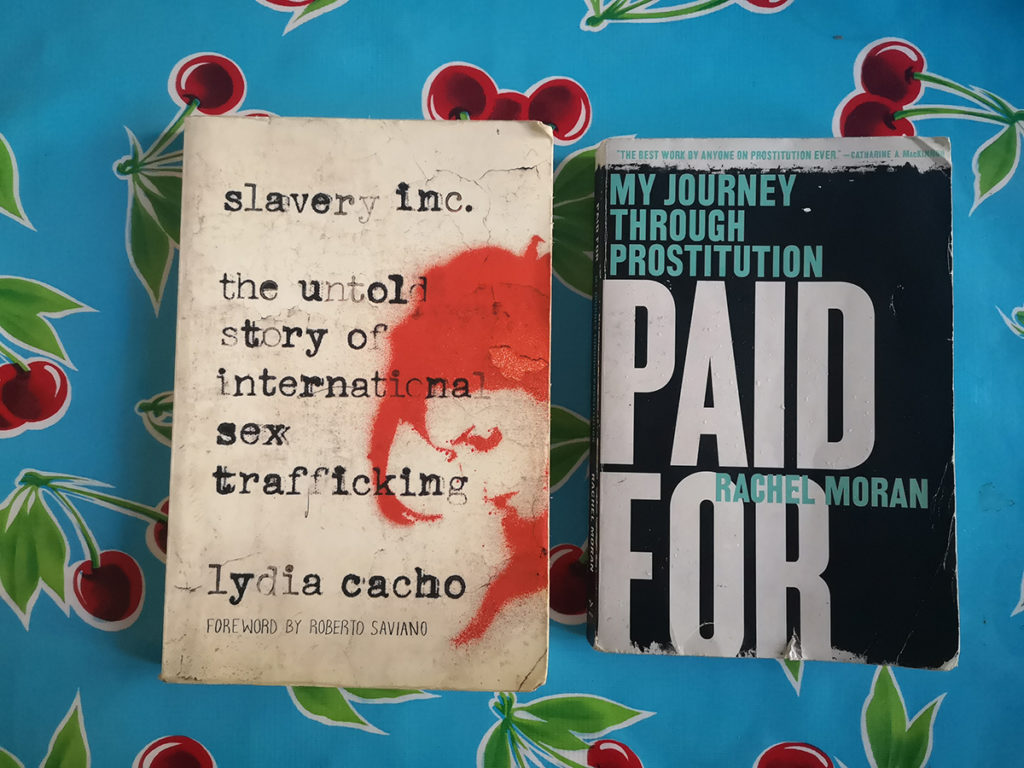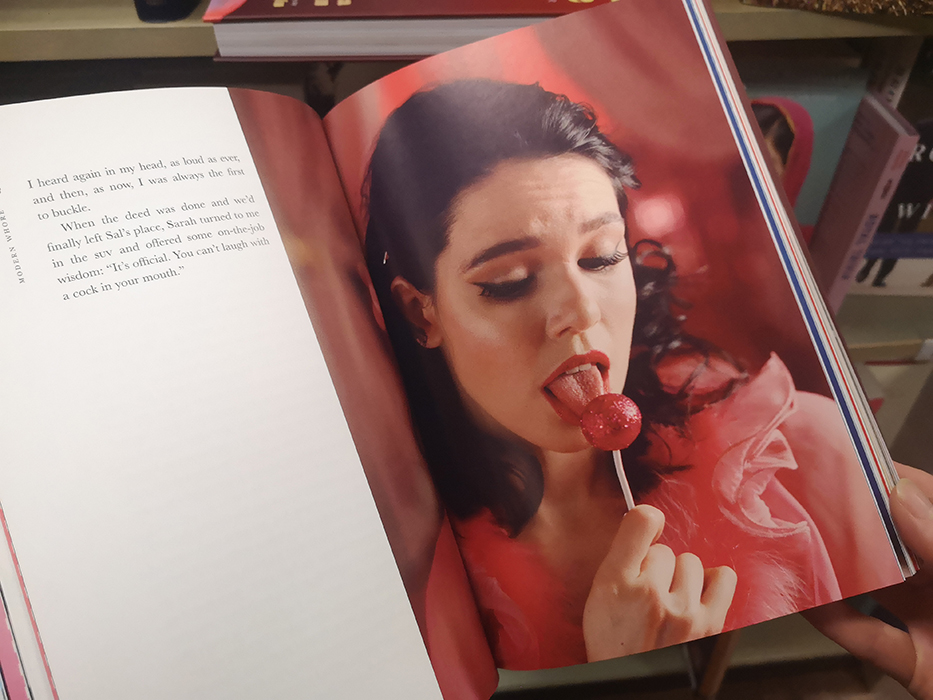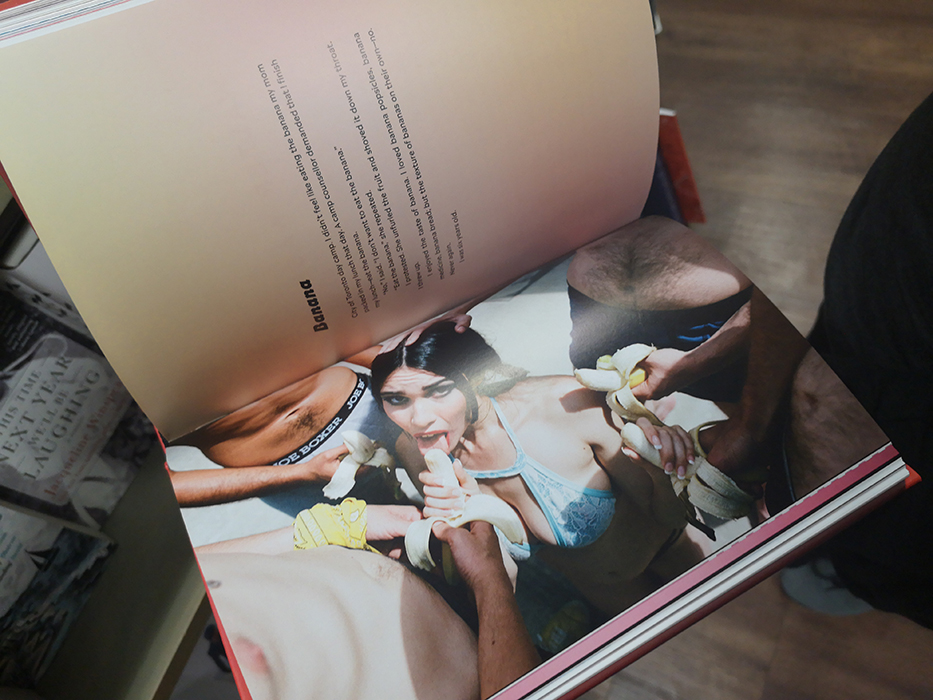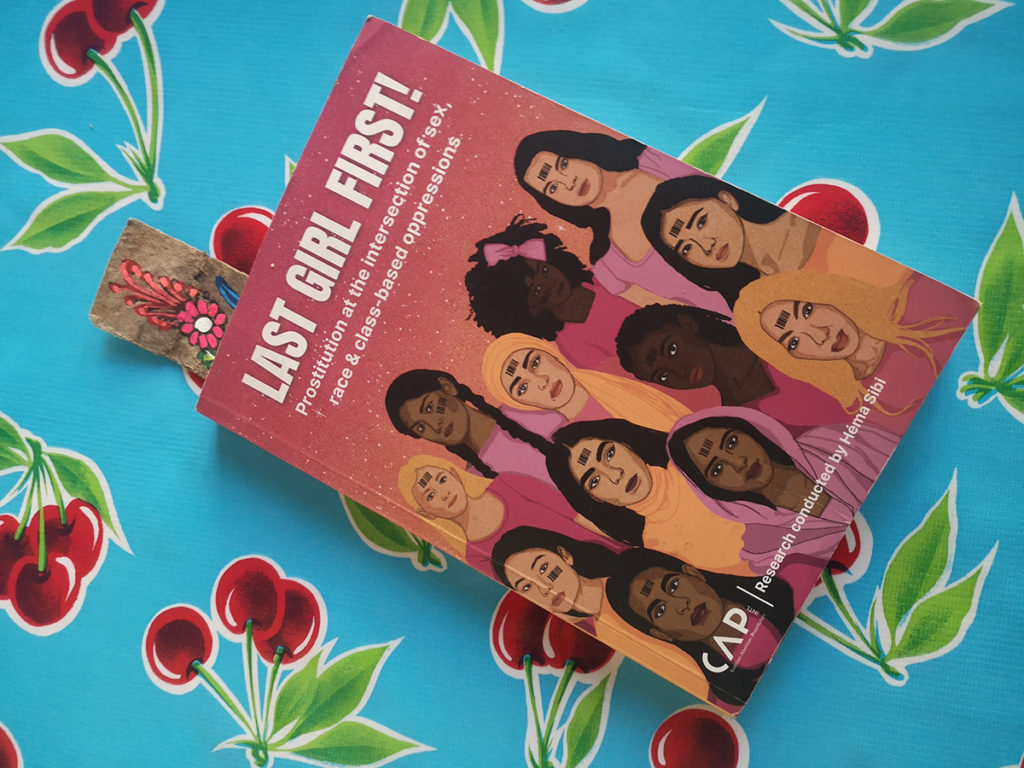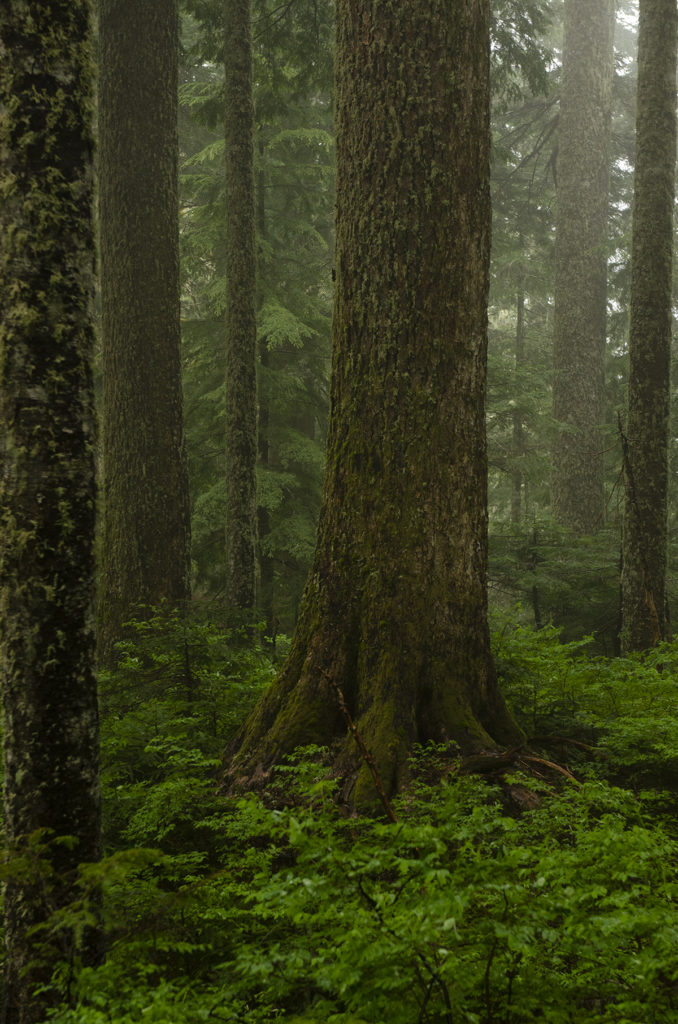
In 2020 and 2021,
thousands of people came to defend some of the last remaining pristine, temperate old growth forest in the world at Fairy Creek on southern Vancouver Island, British Columbia, Canada. Surpassing the old growth forest blockades at Clayoquot Sound on the West Coast of Vancouver Island in 1993—known as The War in the Woods—with over 856 forest defenders arrested, Fairy Creek became the largest act of civil disobedience in Canadian History with 1,194 arrests. In May 2021, a court injunction was given to the logging corporation, Teal Jones, by the BC Supreme Court judge that made it illegal to freely protest on unceded Indigenous land of the Pacheedaht, Ditidaht and Huu-ay-aht First Nations and the brutality of the RCMP (Canada’s federal police) “led to serious and substantial infringement of civil liberties, including impairment of the freedom of the press to a marked degree.”[1] The Fairy Creek Blockades became the new War in the Woods.
Because of the Indian Act in 1876 that formally colonized the Indigenous peoples and began both the literal and psychological genocide that continues today, the relations between First Nations people in Canada are extremely complex. The communities are divided. One side is the Band Council, a governing body set up by the Indian Act, that is bribed by the Crown and serves the government and the corporations and supports old growth logging; the other side is the ancestral First Nations who fight to defend the land and revive their traditions and, in Pacheedaht Elder Bill Jones’ words, “re-plant the seed of self-realization” that was taken from the first peoples through the Indian Act and the residential schools. It was and is the Ancestral First Nations who invited the Forest Defenders to help them defend their land and save the pristine eco-systems of the Fairy Creek watershed and its surrounding forests. The Band Council, as puppets who serve the government and the corporations, say that the Forest Defenders are trespassing. The then BC NDP premier John Horgan, through the corporate interests of the mainstream media, said: We have consulted the First Nations. They don’t want the Forest Defenders there. However, all of the First Nations people are not consulted and insidious subterfuge blocks the truth from the average British Columbian, the majority of which want to protect the old growth. As you can see, it’s an insidious mess.
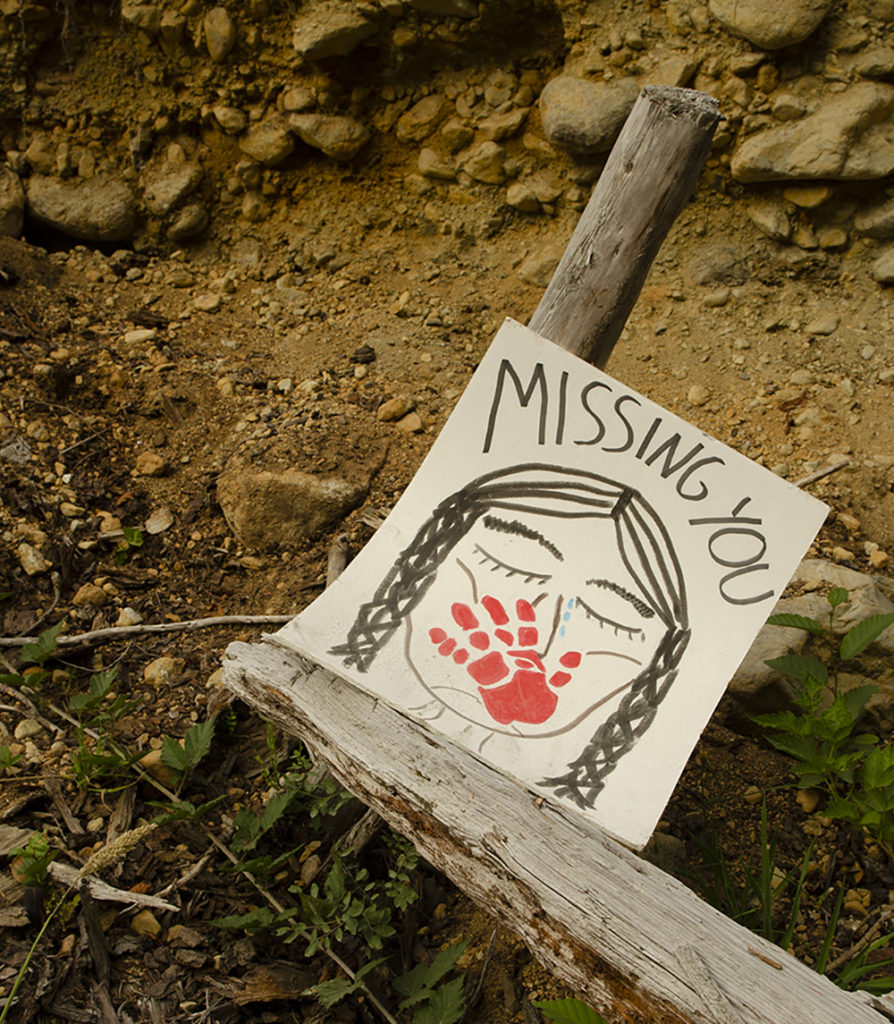 The rapes and murders of Indigenous women are synonymous to the rapes and murders of Indigenous forests.
The rapes and murders of Indigenous women are synonymous to the rapes and murders of Indigenous forests.
On June 5th 2021, “the Pacheedaht, Ditidaht and Huu-ay-aht First Nations issued formal notice to the B.C. government of their intention to defer old growth logging in the Fairy Creek and Central Walbran areas for two years.”[2] The mainstream media reported that the forest is being protected; why are the Forest Defenders still there? However, what was not reported by the mainstream media is that the deferred area is only one-third of what was being fought to protect and now, two years later, not only has the majority of the other two-thirds been logged, the two-year moratorium of the other one-third is ending on June 5th. Horrifyingly, on June 8th the deferred forests will re-open for logging. The now BC NDP premier David Eby, despite (or maybe because of) his ambivalent promise for a “paradigm shift” in forestry, has said and done nothing.
We have been invited by Elder Bill Jones and the ancestral First Nations to return to Fairy Creek to witness and fight for the little that is left, the one-third that we were able to temporarily win in 2021 because of the courage and resiliance of the Forest Defenders. We all need to go back, including those of us who weren’t able to come in 2021. There is perhaps nothing more logical than saving some of the last remaining intact ecosystems in the world for the health of our planet and for our children. Not to mention the fact that there is so little left and the ideology of corporate greed is perhaps the least logical way of being possible. With the next five years predicted to be the hottest in human history, logic couldn’t be more obvious.
The beginning of the peaceful renewed protests to save the old growth are beginning on June 4th, 2023 at 11 AM on the BC Legislature lawn in Victoria, BC. If you are in Victoria or can get there, it would be wonderful to have a large group to show the BC and Canadian government, the citizens of BC, and the world that we are still here. And, starting on the week of the 5th of June when the deferral ends, come to Fairy Creek to stand up for the fact that, in the words of Aunty Rainbow Eyez, “We need our Old Growth. The War in the Woods is not finished.”
In honour of making a Come-Back, I’m going back to some of my writing that I wrote during the peak of the Fairy Creek Blockades in the Spring and Summer of 2021. Today, I am re-publishing an article that I wrote for Vigilance Magazine dedicated to the Forest Defenders of Fairy Creek in June 2021. In singer-song writer Luke Wallace’s words: “We can make a come-back … I can be the comeback.”[3] We are all the instigators of truth, justice and logic. The doing is the hope. See you there!
The Logical Feminist aka Tanager.[4]
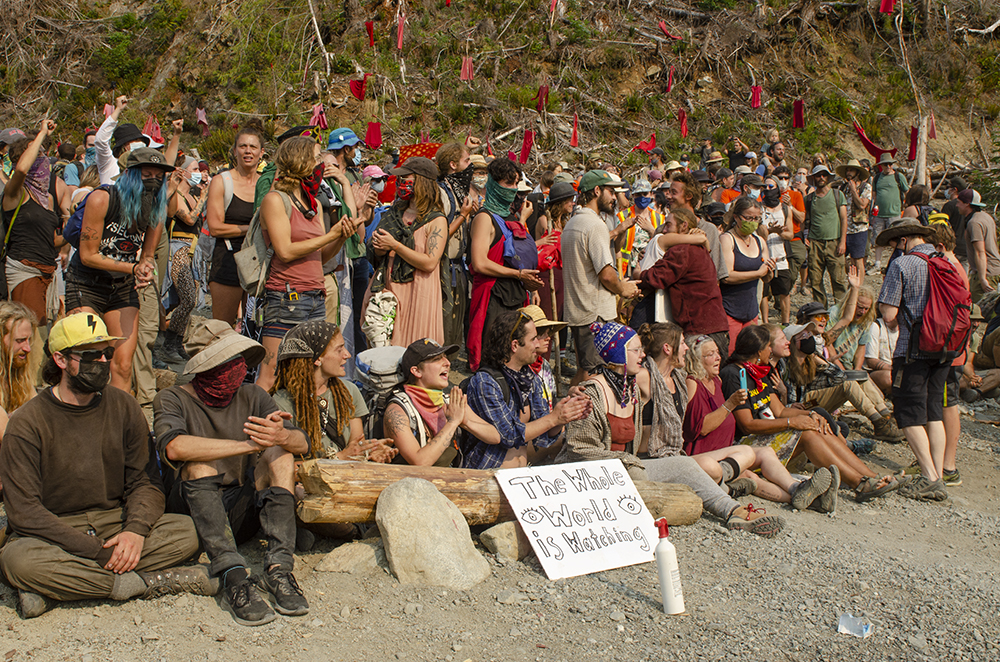
The Doing is the Hope: The Forest Defenders of Fairy Creek
It’s impossible to doubt when you’re in it.
Noble stands of Hemlock and Yellow Cedar, un-haunted by stumps, the only phantoms the layers of longevity, the conflations of life/death that soothe as they stimulate. There is no one or the other here. Amidst the old-growth, lichen, alive in the brightest possible green, has the texture of kelp. Ocean merges with forest. The air is wet. Mist adorns the rainforest as it rains, feeds itself, and this air, its density of oxygen, feeds us. It is impossible to doubt the necessity to save the intact bio-diversity of Fairy Creek—some of British Columbia’s last—when you have felt exactly what it is that must be saved. When the fibers of your being become acquainted with the fiber of what is being so fiercely fought for. In the words of elder Bill Jones of the Pacheedat Nation, the ancient trees “are guides, teachers, spiritual beings.”[5] When embraced by this absolute ecosystem, our bodies are nourished as our spirits soar. This magic is truth.
When at the Fairy Creek Blockades, I had a life altering experience. This experience is even more profound in that these forests of South West British Columbia have always been cathedrals to me; I know how crucial this battle is; I feel cutting down of old growth as deeply as rape; I know that humans are not the only creature who are violated; I have yelled justified rage when the flesh of an ancient tree is cut into and, when that tree falls and the earth shakes, I have been stung by the stunned silence at the loss of the millions of non-human creatures who lived there. But, until my journey to the blockades at Fairy Creek, I had never felt the warrior spirit of Tree Defenders who will never, as long as any old growth in British Columbia is being threatened, give up. And this warrior spirit, the people who are putting their bodies on the line to save the ancient trees, the people who have made the bodies of trees as important as their own, has made the importance of an untouched ecosystem even more profound. It has consolidated the obvious, what everyone really must know if they dig down deep enough: ancient trees are not objects to be plundered for profit, they are ancestors who must be protected. Beings worthy of worship.
I asked activists: “What do the old growth trees mean to you? How do you feel when you look up at one towering above you?” As is so often the case, kids say it best:
Trinity:
“I feel happy because I can see all of these birds. Birds and their families in the trees. I feel like I’m in a fairy tale because when I see the tall trees and I look up, I feel like something is going to come out of the trees … I really like trees.”
Finn:
“I feel very happy that they are there and I feel like, it’s just so beautiful and I love all the moss and how soft it is and how some trees’ bark is smooth and some is rough and then some have old man’s beard and then you can feel it and then there’s lichen that grows on trees and if you rub it against your skin, it makes it very smooth. Trees give you energy.”

It’s a very long walk to Waterfall Camp.
And that’s only one way. 10 km in; 10 km out. The loggers and the RCMP can drive there. The Tree Defenders have to walk. Carrying water, food, and bags of concrete to build their sleeping dragons with.
Sleeping dragons are holes that the Forest Defenders dig into the logging roads at strategic points; if industry and their RCMP henchmen get through, they will be able to slaughter bio-systems, some trees over one-thousand-years-old. The forests, like a healthy human society could be, are multi-generational: the young coexist with the ancient, the middle-aged reach higher and higher into the multi-layered canopy; the yet undiscovered species thrive without us: insects, birds, owls, and the thickest moss is another forest. All exist in a way of being that we, the destroyers of the West, could learn from if we only thought far enough ahead to survive—and not kill everything else in our wake.
After the RCMP have dismantled a camp, the first thing the Forest Defenders do is come back. And do it all over again. Dig the holes to make the sleeping dragons. Shove in the pipe as wide and as long as an arm. Surround it with concrete. Hurry. Before the RCMP return and fill up the holes with Styrofoam, before we can get our arms back in. Lie across the road. Chain ourselves there. Climb the tripod. Chain ourselves there. Don’t come down from the canopy until it’s saved. These ancient trees, these complete forests, are as important as my body. I witnessed people who have the courage to love the future beyond them.
And wait.
While the others pile up the rocks again. Drag the logs and branches back. Re-assert the blockade vehicle somehow, by people with the superhuman strength of living justice, and get it back across the logging road again. As I approached Waterfall camp, I became acquainted with a heightened level of awe.
On the logging road that curves through a decimated land with its aches of stumps, I encountered Green Duck. Why Green Duck? I asked him about his camp name. I like ducks and my favourite colour is green, he responded. No messing around. Camp name done. Let’s get to work.
I had seen him the night before at a meeting at Hayhaka Camp. Forest Defenders were organizing the installment of a Camp at 2000 Road, another entrance to another cut-block of old growth. Cut-block, I thought. The irony of trees as flesh about to be butchered. He reported something extraordinary that had happened earlier that day. I can’t remember what. But I’ll never forget how. His arms were wide, his stance fortified by pride, his young face animated with the energy of doing the right thing. A young man emanating the power of the ancient trees he is defending.
How’s it going? I asked, standing in the middle of the clear cut, a dead world made of brittle gasps. Victories, triumphs, do you think we’re going to win? My question was irrelevant as soon as it was asked:
“The police arrived at 4 am in hiking gear under cover and not identifying as police officers. One put a hand over a Forest Defender’s mouth so that he couldn’t warn the others. It took them four hours to get someone out of the last sleeping dragon. They’d filled the rest of them, they tore us down by noon and then they were out of there. By 4 pm, we had a four foot blockade up, we had lots of people on the way to come stay the night and help rebuild. It’s astonishing. We’re here for the long haul. We need to re-build that blockade otherwise they’ll move further up that road and that’s what we can’t have. We can’t have them get to those old growth forests. No matter how disheartening those police officers are, no matter how criminal their acts might be, in the end, we’re still here smiling. We’re still here because it’s right, it’s our purpose. We know that if you don’t stand now, there’s no other time to stand. These are the triumphs,” Green Duck told me.
“What were you doing when the last of the old-growth fell?” a placard asks at the Fairy Creek Headquarters. “Everything,” the Forest Defenders act.

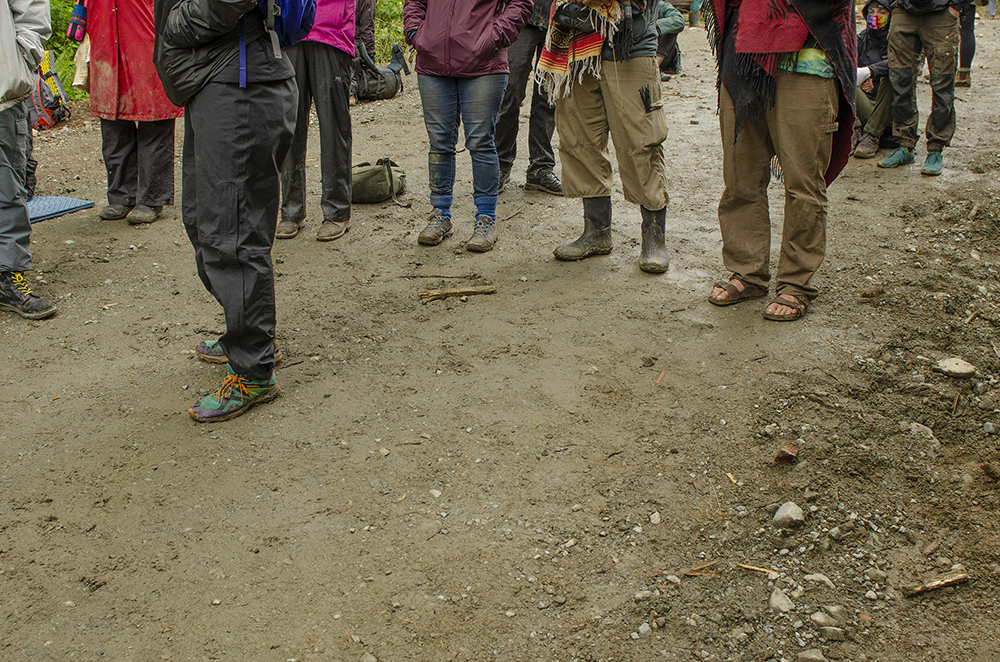

It’s a long walk to Waterfall Camp
and, just when one starts to really wonder how much farther, rows of rocks begin to block the road. Continuing, longing for the destination to be around the next bend, the lines of rocks become wider and taller and are soon topped by branches that form a mesh of sticks and twigs, a chain-link fence made of forest. I knew I was almost there when I came upon a parade of RCMP trucks along with their battalion of men and the token woman; those who pose as public servants but behave like mercenaries. “Are you OK?” the one woman cop asks Forest Defenders who have their arms self-locked into logging roads during a routine safety check. “Of course I’m not OK,” the silent Forest Defender doesn’t answer. “None of this is OK!” the hypocrisy of such a question rings through the forests under threat.
The police trucks can only go so far until they have to clear another barricade. The cops are becoming increasingly grumpy as they bend and hurl and bend and hurl stacks of rocks that are never going to end because the Forest Defenders will always put them back. You see, unlike in countries like Mexico, Honduras, Columbia, and Brazil[6] where environmentalists are most expediently silenced, the grumpy Canadian cops will always have to keep moving rocks and logs and, so far, cannot fully serve their system of exploitation and simply assassinate these pesky people who care beyond themselves. Canada is a first world country after all. We have human rights. I will not use the disclaimer of ‘so-called’ here because, in terms of human rights, despite the atrocities the nation state of Canada commits against Indigenous peoples, we can still protest. We can still dissent. As we did in 1994 where over 20,000 protesters saved the Upper Carmanah; as when a significant portion of Clayoquot Sound was designated a UNESCO Biosphere Reserve in 2000 because the protesters didn’t give up for two decades. Both of these wins are far from perfect, but they were still possible. We can still win. Something. We still have some human rights. Especially the white people. Another reason why we descendants of colonizers need to join the front lines that our culture has made necessary.
I keep walking.
Up the hill of the final stretch to Waterfall Camp. The police move in circles of hurling more rocks and then standing to discuss the endlessness of it all. And then deciding, OK hurl some more rocks, drag away a few more logs. Waiting out their shifts. They let me pass. I say I’m writing a fair story. That wasn’t a lie.
And then I saw them. Separated from the approaching RCMP by three more victorious barricades, a group of forty or so Forest Defenders, defiant behind their final wall of stones and sticks, resistance art, juts and weaves of forest on top of sharp stones left behind by recent blasting, installations that await the arrival of those paid to tear them down.
These were the people Green Duck had told me about. The ones who’d been up all night. Re-building. And now waiting for the cops. Arms locked in sleeping dragons. A young woman wearing a mask that proclaims “Revolution” towers defiance from a tripod. The others a wall of not-giving-up. Ready as they are every day. When this scenario plays out again. They know each other. The cops and the Forest Defenders. A ridiculous round and round. Madness when the answer is so sane. “See you tomorrow,” a young woman called out with a grin on that Saturday afternoon when they won and the police retreated. Tired of hurling rocks as the Forest Defenders stacked three for every one they cleared. We can still do this. They cheer.
As the RCMP approach the blockades the Forest Defenders chant: “We want your children to see these forests too!” And I wonder, what must the police officers think when they hear this? They must. Hear. Something.

Why are you here? Testimonies of Truth:
Because these forests originated after the last ice age, so some of the trees are about one thousand-years-old. Fairy Creek is a single intact valley and there is no reason, except absolute greed, to log it. This is priceless. I’m here because I decided that it’s time to defend the side that’s right. I’m doing this for my children and my grandchildren who will want me to save these trees. This is priceless. I’m here standing for the trees because when I went back to the magical place where the chanterelle mushrooms grew, the whole forest was eliminated. Priceless. It’s impossible to replant the wild. This is priceless. We deeply care about the old-growth forest, the biodiversity and the ecosystems. We’re Indigenous and the lands are very sacred to us. There are so many layers to saving and preserving the forest. This is beyond commerce. Priceless. I’m here because the continued colonization of the Indigenous peoples operates through a silencing of the lack of full consent by publicizing the coerced. Because the government and the RCMP are at the service of corporations and the mainstream media never tells the whole truth. This is priceless. This is priceless. I’m here as a barrier between colonial violence and the land, between the loggers and the old growth and between the RCMP and the Indigenous youth. Because I know that even if the last of the old growth is logged, the current forestry practice is unsustainable. This is priceless. I’m here because clearcutting respects absolutely nothing. Because I want my grandkids to grow up and see thousand year old trees. They’re five and six. This is priceless. And if I have to get arrested, I get arrested. I came here because I love trees and I love our planet. I’m here because I want there to be life for future generations. Priceless. What they’re doing is arresting people, but they can’t arrest our hope. I stand in solidarity with elder Bill Jones and the Pacheedaht who have not been consulted because they say No.
At the end of this always journey for justice,
I climbed up to Cloud Camp, through an ancient forest that silently, oh so generously, gives us breath. It poured that day. The mud lay as banks of snow. It couldn’t have been more perfect. I had come to meet the Tree-Sitters.
I climbed and slipped and descended into lush valleys that ring with the indescribable calls of Tanagers. Mae West lopped past, effortless, the extent of his determination had grown into an acute awareness of slippery roots and trails that thread along cliffs, so deadly now as the rain didn’t stop. The trees became larger, some with planks for the Tree-Sitters primed for the warning: “The police are here!” I arrived clothed in mud. A circle of Tree-Sitters sat with their dripping tarp and warming fire. Dora told me that tree-sitting for days is like being in a monk cell in the canopy. Red talked of tarpology as he prepared to climb up and get to work because an old growth forest had healed him. A young woman said: the trees are home.
I came upon Lorax high up in a hemlock, flying on a perch made from a boat. How long will you be up there? My question. As long as it takes. His answer.
I asked him what he’d been doing. A bit of writing this morning, he said. What? I responded. I’ve written a poem. The rain continued: loving, laughing, irreverent. A perfect finale for these stories of unrelenting life. Will you read it to me? And he did. From high up in a hemlock, a Tree-Sitter living for as long as it takes in a flying boat in a rainforest that still has the chance to always nourish the earth. Because the Forest Defenders have made it so.
Let’s give the last words to Lorax:
Click play to hear Lorax’s poem!
All photos by Karen Moe
*
#iloveendnotes:
[1] https://thenarwhal.ca/topics/fairy-creek-blockade/
[2] https://thediscourse.ca/vancouver-island/old-growth-logging-deferrals-fairy-creek
[3] Lyrics by @lukewallacemusic
[4] My camp name at Fairy Creek. The Tanager is a golden bird of the temperate rainforest. They are rare and are one of the thousands of species that are threatened to become extinct by old growth logging.
[5] Quoted on the Rain Forest Flying Squad’s Facebook post on June 7th, 2021.
[6] https://www.cfr.org/in-brief/who-killing-latin-americas-environmentalists
About the Blogger:
Karen Moe is an art critic, visual and performance artist, author and feminist activist. Her work focuses on systemic violence in patriarchy: be it gender, race, the environment or speciesism. Her art criticism has been published internationally in magazines, anthologies and artist catalogues in English and Spanish and she has exhibited and performed across Canada, in the US and in Mexico. She is the author of Victim: A Feminist Manifesto from a Fierce Survivor: Vigilance Press, 2022. Born and raised in British Columbia, Canada, Karen now lives in Mexico City.

